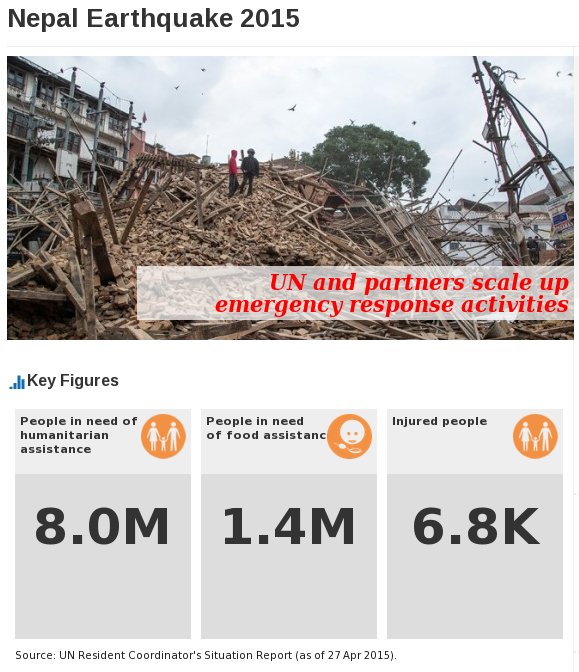A Red Alert has been declared in southern Chile after an eruption at Villarrica Volcano this morning.
Over two thousand people were evacuated from Pucon, and another thousand from Panguipulli, two communities close to the volcano.
While no one has been harmed in the eruption, the situation will continue to be monitored for any further eruption. The ash from the volcano could also pose a hazard to health. Meteorologists currently expect the ash cloud to be blown south and across remote parts of Argentina.
 The Disaster Charter is an agreement between international satellite and remote sensing agencies to provide free access to data and resources to help mitigate the effects of disasters on human life and property.
The Disaster Charter is an agreement between international satellite and remote sensing agencies to provide free access to data and resources to help mitigate the effects of disasters on human life and property.
The Charter can be activated by any national disaster management authority. The activation for Villarrica was requested by the Chilean agency responsible for civil protection (ONEMI, Oficina Nacional de Emergencia del Ministerio del Interior y Seguridad Pública).
For updates of the ongoing activity check the latest status reports from ONEMI, Chile. Also, follow #Villarrica on twitter for social media updates and more images of the current activity.
 More information:
More information:





